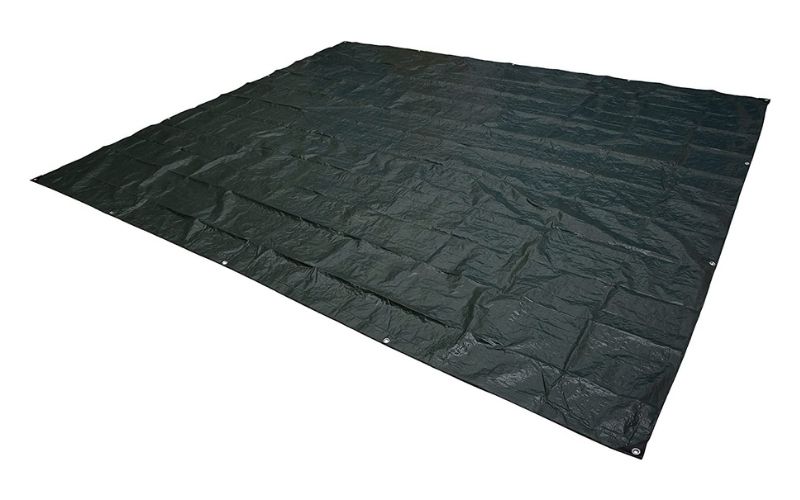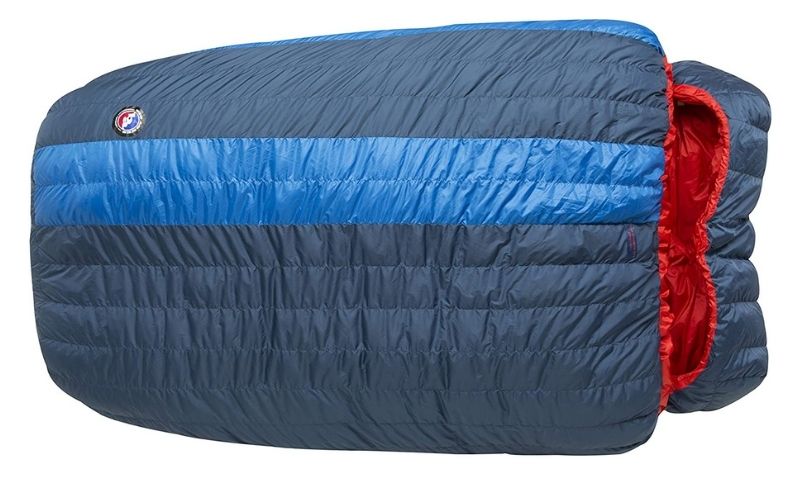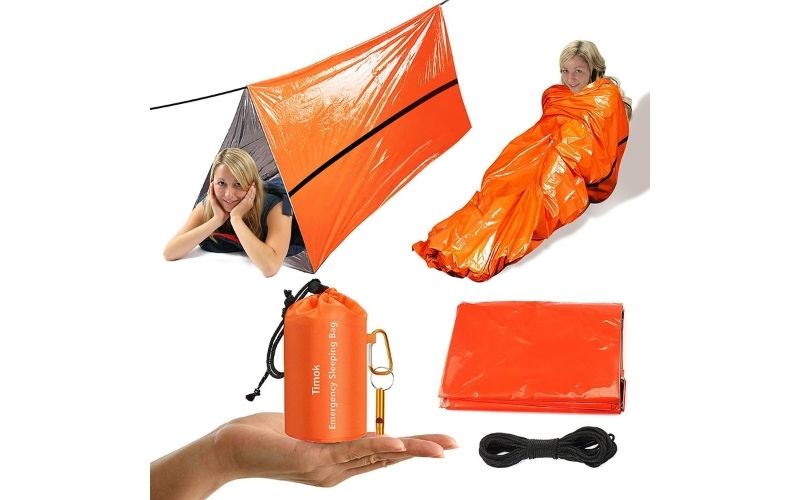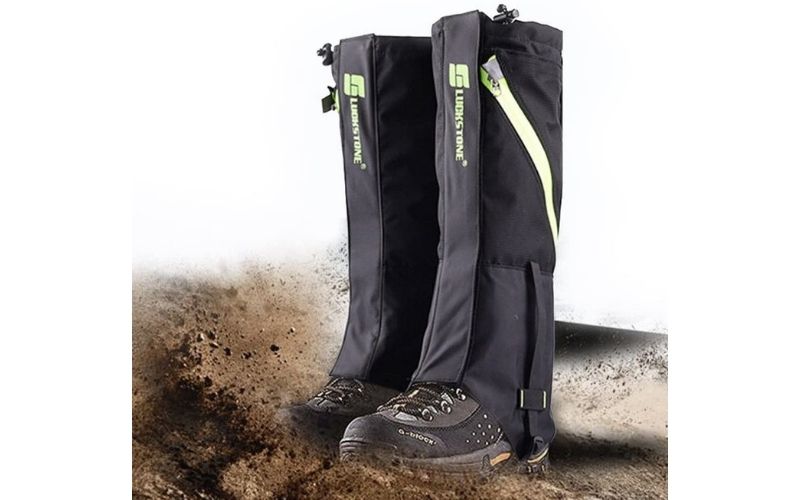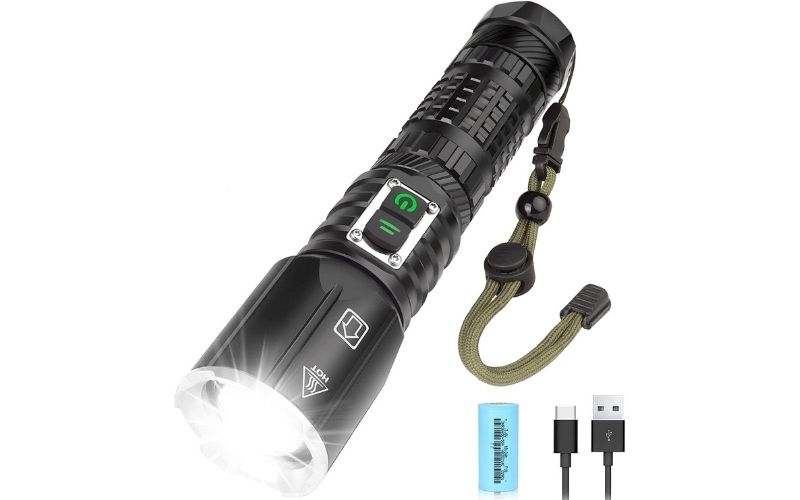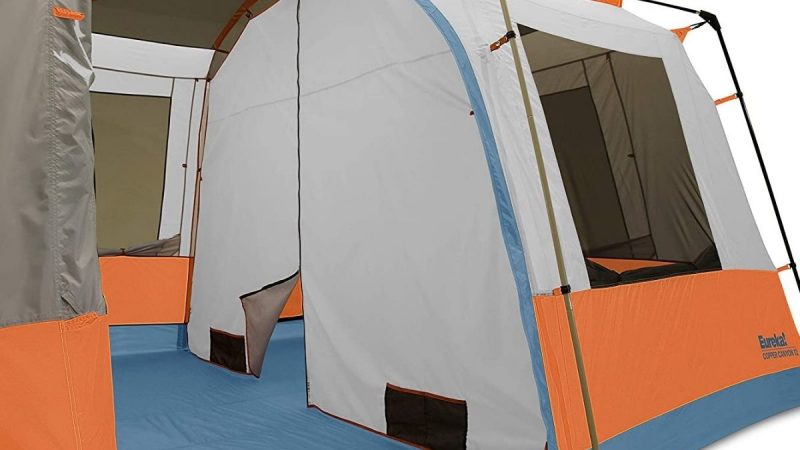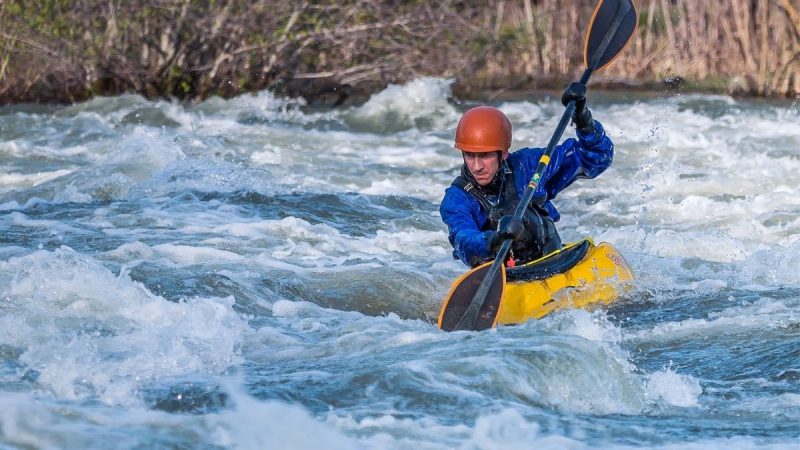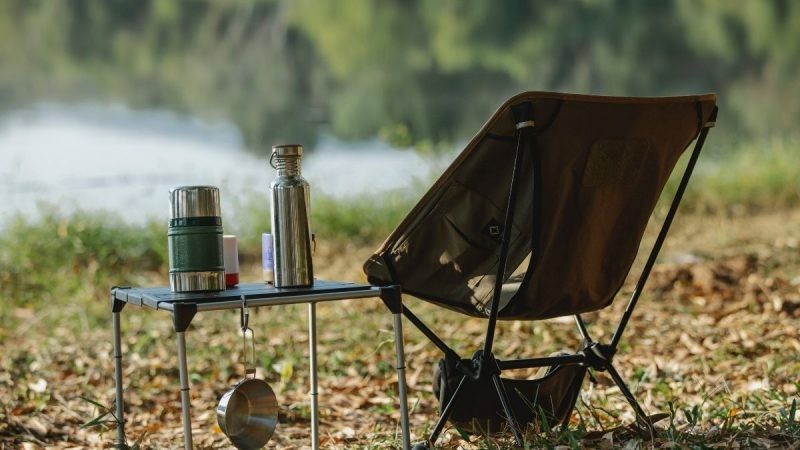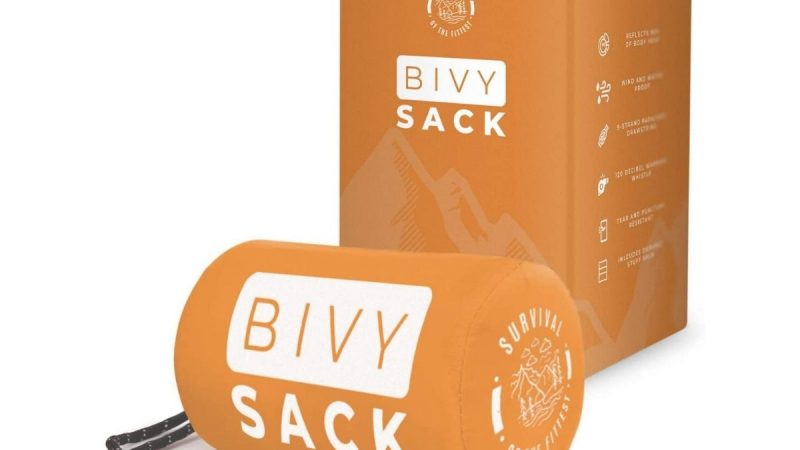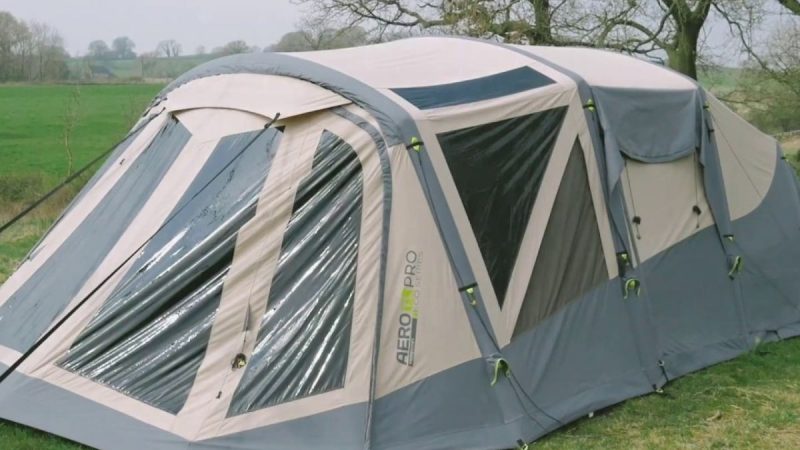12 Tips for Camping in the Rain Effectively – How to be a Confident Traveler?
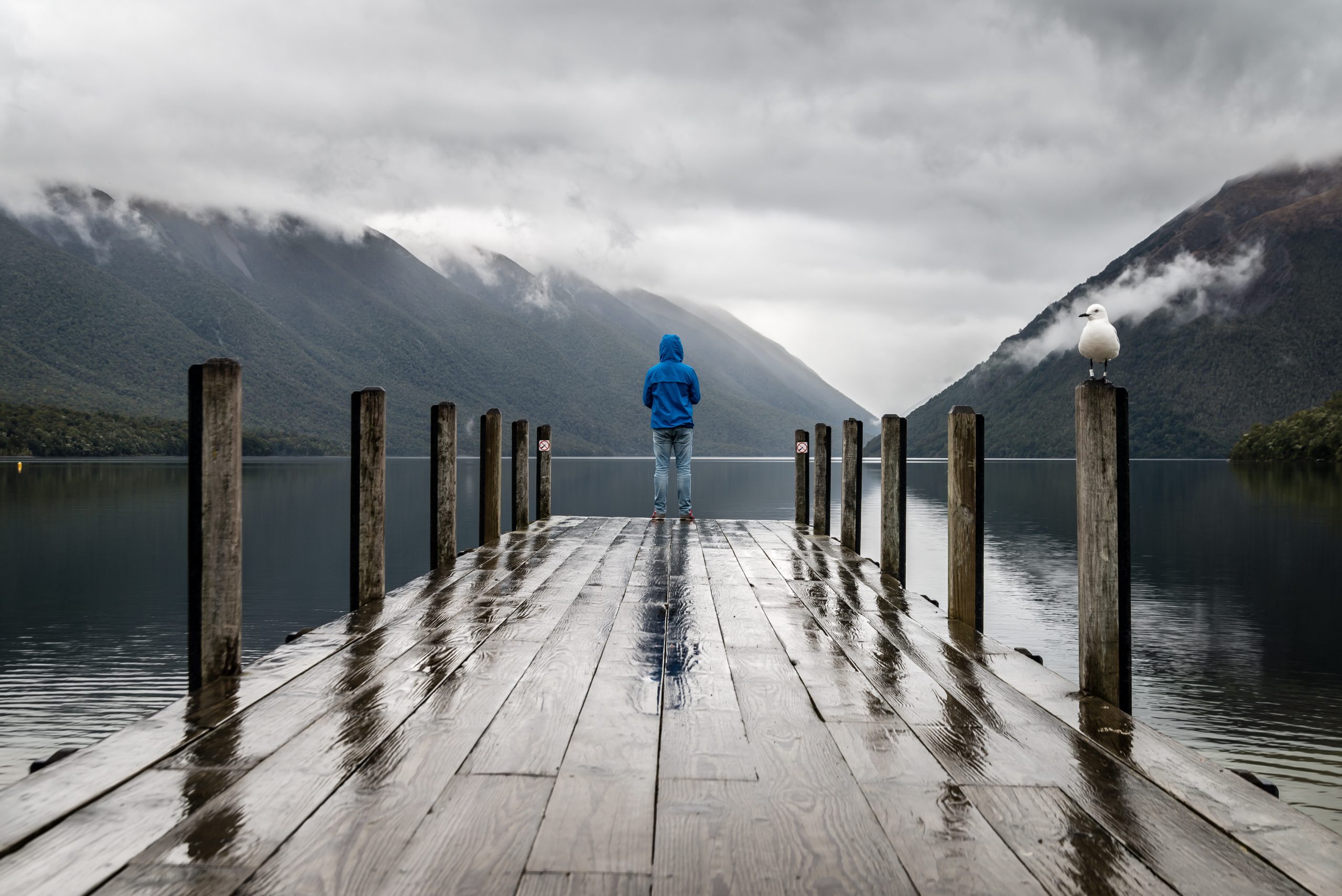
When you are an active backpacker, you should be aware of tips for camping in the rain effectively. Camping in the rain can be fun, but if you get wet it can be miserable. There are ways to stay dry while camping in the rain. Moreover, tackling the rain when camping may seem a struggle. However, if you are aware of the tips for camping in the rain effectively you can enjoy your backpacking trip more.

12 Tips for Camping in the Rain Effectively
Get a Good Quality Tent
There are several types of waterproof tents on the market, but backpackers, choose single-wall tents like the Big Agnes Fly Creek UL2. These two-person ultralight shelters provide many benefits compared to other standard double-walled tents. They are light and small, so easy to carry. You can set them up easily even if it starts raining suddenly during camping. Besides, they offer features like high-strength poles that help with wind resistance and lightweight materials which do not take much space in your pack when folded down. The only drawback might be their cost as larger or heavier three-season models may cost $500 or more, but they are money well spent.
Sleep Under the Tarp
A tarp is another option to stay dry during camping in the rain. The carpet is a popular example that can be set up easily without any additional hardware. Tarps that do not need poles to provide flexibility and shelter you from almost any weather condition. Even if it begins raining suddenly, you can easily pitch your tarp with trekking poles, sticks, or even branches found on the ground (be careful where you put your head though).
You can also use them as an extra room for cooking or clothes drying. It may seem like an excellent idea at first glance; however, there are several drawbacks of camping under tarps too. They are likely to leak if you pitch them close to the ground, so a platform will be required. You can improvise with one or two trekking poles and a Tyvec sheet but why carry all this weight when you have a tent? Additionally, tarp camping makes for harder rest as you are exposed to wind and dew.
No matter which type of waterproof shelter you choose (tent or tarp), make sure it fits your needs before purchasing it. Think about how much space you need in case there are several people in your group. Also, think about how many people fit inside comfortably. And lastly, consider how often do you camp in rain and what kind of weather conditions (wind) does it mostly happen? These three factors should help you determine your ideal waterproof shelter.
Stake Your Tent Down Properly
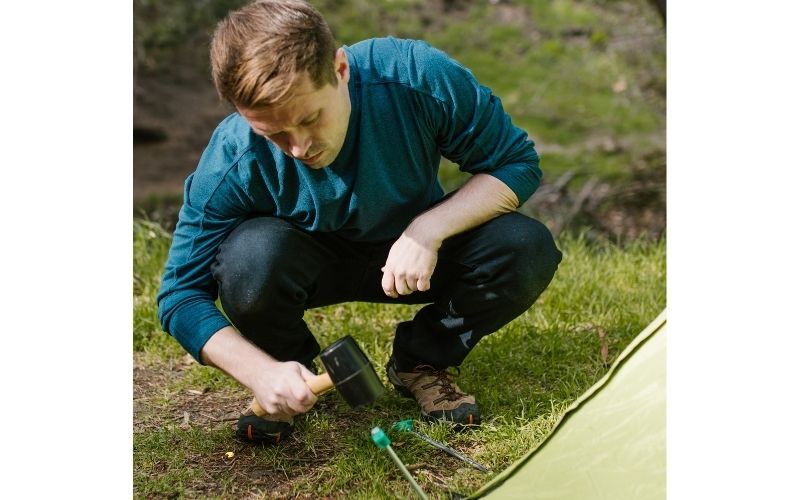
Once you have decided which type of waterproof shelter is the best for you, make sure to set it up correctly on level ground. Practice pitching your tent or tarp at home first if needed. Staking the corners of the tent down with rocks can help with wind resistance and some tents are equipped with additional loops for that purpose. A tarp should be pitched as low as possible, but also try to pitch it securely by staking out all lines. Once taut, it will shed water even during heavy storms due to its structural shape.
However hard you might try to keep your camp spot dry, there’s always a chance of rain no matter how small it might be. This is where a footprint for the tent comes in handy. It will keep your waterproof tent floor dry and protect it from damage. It can even help you pitch a lightweight single-wall tent without worrying about rocks or roots damaging your shelter’s floor. In short, if you want to camp effectively in the rain, take a tarp as well as a footprint for your tent with you.
Get Dry Easy

If several people are camping in the rain, things will be a little challenging because all of you need to cook and eat first before putting up their tents or tarps. Sitting around a fire is one solution but not everyone likes this idea because of its many drawbacks. First of all, wood needs carrying by hand which takes time. Second, during windy days the fire might go out and create additional work for the campers. And third, sitting by a campfire is not very comfortable after several hours of camping in wet conditions.
The solution to this problem is heat reflectors of shiny mylar material which have reflective surfaces on both sides. They are available online or at any outdoor store near you. Reflectors are lightweight and easy to set up because all that is attaching one pole or tree branch with some cordage. You can attach reflectors on two opposite sides creating an effective two-sided cooking area where everyone can comfortably sit around even when it’s raining outside!
Towel Off Before Putting on Your Sleeping Bag/Clothing
Drying yourself and your clothing is imperative to staying warm during colder nights. Even though you want to get dry, don’t do it over an open fire because the fire can permanently damage natural fibers like cotton or wool. Instead, use a heat reflector as mentioned above but this time close enough for the heat to reach you without burning anything. And if there are several campers in the group, make sure to rotate who dries first because prolonged exposure will be bad for everyone’s health.
Layer Up
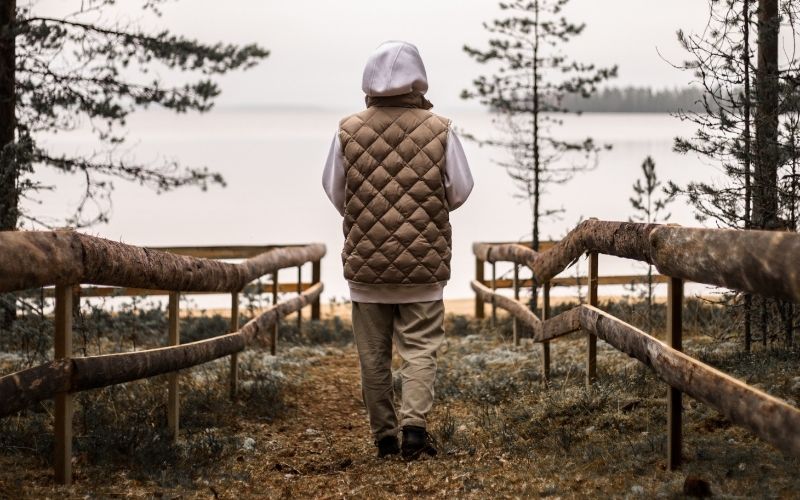
Layering up can be one of the smartest tips for camping in the rain effectively. This way you will regulate your body temperature and avoid soaking yourself from the outside. If you are sleeping outdoors, make sure to place a sleeping bag liner between you and your wet outer layer before crawling into bed. A good tip is to always keep an extra set of wool or polyester base and mid-layers in a waterproof sack because wet clothing will never insulate properly when it dries up. Combine this with a thermos filled with hot tea and dinner cooked over a heat reflector during a rainstorm and you’ll feel like having a little bit of heaven on earth!
Power Up with Food
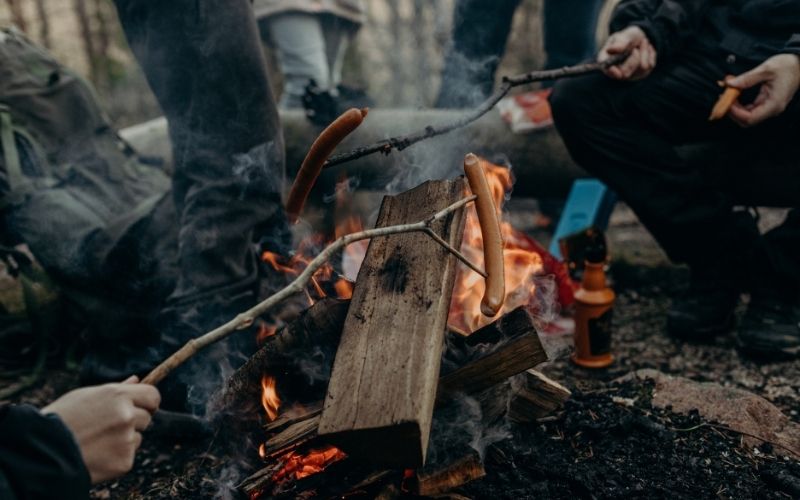
Comfort food is the ideal choice after a drenched hiking or backpacking day. Hot cocoa, paczki (Polish doughnuts) with honey, chocolate bars…you get the picture. Just make sure that there are no open flames around when you eat your food because even small fires can start big fires in more challenging weather conditions. Also, keep an eye on people’s behavior nearby because some wild animals may notice the smell of cooking food. And lastly, cook only what you need! Nobody likes to carry dry rice or pasta while hiking but nobody wants to hike all day without eating either.
Hanging Your Clothes Up
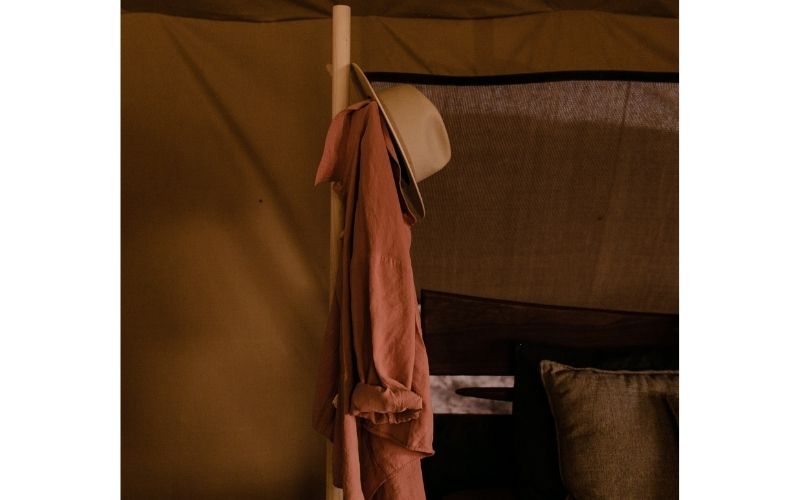
When you return from a hike, it would be ideal to hang your clothes up and let them dry. Hanging dirty wet socks or towels in a dark, ventilated corner of the tent might take longer than normal so you should consider bringing a portable clothesline with you to hang everything up before taking a shower. It is always good practice to use the same line for hanging out dry and wet clothing because this will reduce the risk of mold forming on clothes that are already dried.
Not all campers have a lot of extra space but if you do, it’s ideal that everyone brings their own bear bag/can/mesh bag for disposing of food waste or any other smelly trash they may have. If there is an open wilderness, make sure to tie off bags from trees at least 12 feet away from each other (4 feet for smaller bags) or tie them to a rock.
Adding a Bivy Bag
A bivy bag is one of the amazing tips for camping in the rain effectively as it can easily fit into your backpack and it will help protect your sleeping bag from getting wet. Once the rain stops, you can quickly take it off and continue hiking without any problems. And if you’re worried about condensation inside a bivy sack – all modern ones have a way to let out just the right amount of moisture so that your body doesn’t need to fight its vapors!
Hand Warmers

Hand warmers can be a gift from above when it’s raining and the temperature drops. They are not only good for warming up cold hands but also make fantastic foot warmers because foot warmth is equally important for staying comfortable during colder nights. Make sure to test them before buying because large sizes tend to burn out faster than expected and you want to avoid such unpleasant experiences as much as possible!
Wearing Gaiters
This must be essential if you are planning to hike and camp in rainy weather. Wearing gaiters can save you from a lot of trouble. Don’t forget that even the smallest water droplets can seep through and soak your socks and boots. If you feel like you’re especially prone to getting wet feet, consider wearing proper rain pants as well or other waterproof garments that will keep your lower body dry.
Lighting the Way
Bring a flashlight with fresh batteries along with extra glow sticks for emergencies such as a low battery or broken strap. This may be common sense but it is always good to know where your light source is so don’t forget about packing it before heading out! It never hurts to carry one more thing in case you need it later on…
Soggy weather can carry some nasty health risks so if at all possible, try avoiding camping in the rain altogether or bring an extra tent just in case something goes wrong. And lastly – don’t forget about your first aid kit! It should always contain anti-inflammatory cream and any medication your group needs.
Other Accessories and Gear for Camping in the Rain
- You should always bring a towel to dry yourself and your gear off after the rain stops. And don’t forget about extra shoes or sandals because even though you may love hiking in wet boots, it doesn’t make them any more pleasant to wear afterward!
- Drinking plenty of water will help you stay hydrated during colder nights so consider bringing electrolyte tablets along with an insulated bottle for each member of your group. This way, nobody will have to wait for their turn at the drinking source too long.
- A great trick that I’ve found helpful is placing my sleeping bag inside out when it’s raining outside. The inside of modern bags are very well hydrophobic so this trick works really well…
- A Headlamp can become an invaluable piece of gear when you’re on a hiking trip and camping in the rain. If your headlamp allows it, consider changing its lighting mode to red because this color won’t mess with your night vision as much as white or yellow light does.
Conclusion
Following these tips for camping in the rain effectively will help you stay healthy and safe while camping in rain effectively. Camping during wet weather may seem like an extreme sport; however, with proper gear and knowledge about camping techniques, it doesn’t have to be. All of these measures can be adjusted and switched around if you find that they don’t work for your particular camping trip – the only important thing is to stay dry and warm! Happy Camping!


